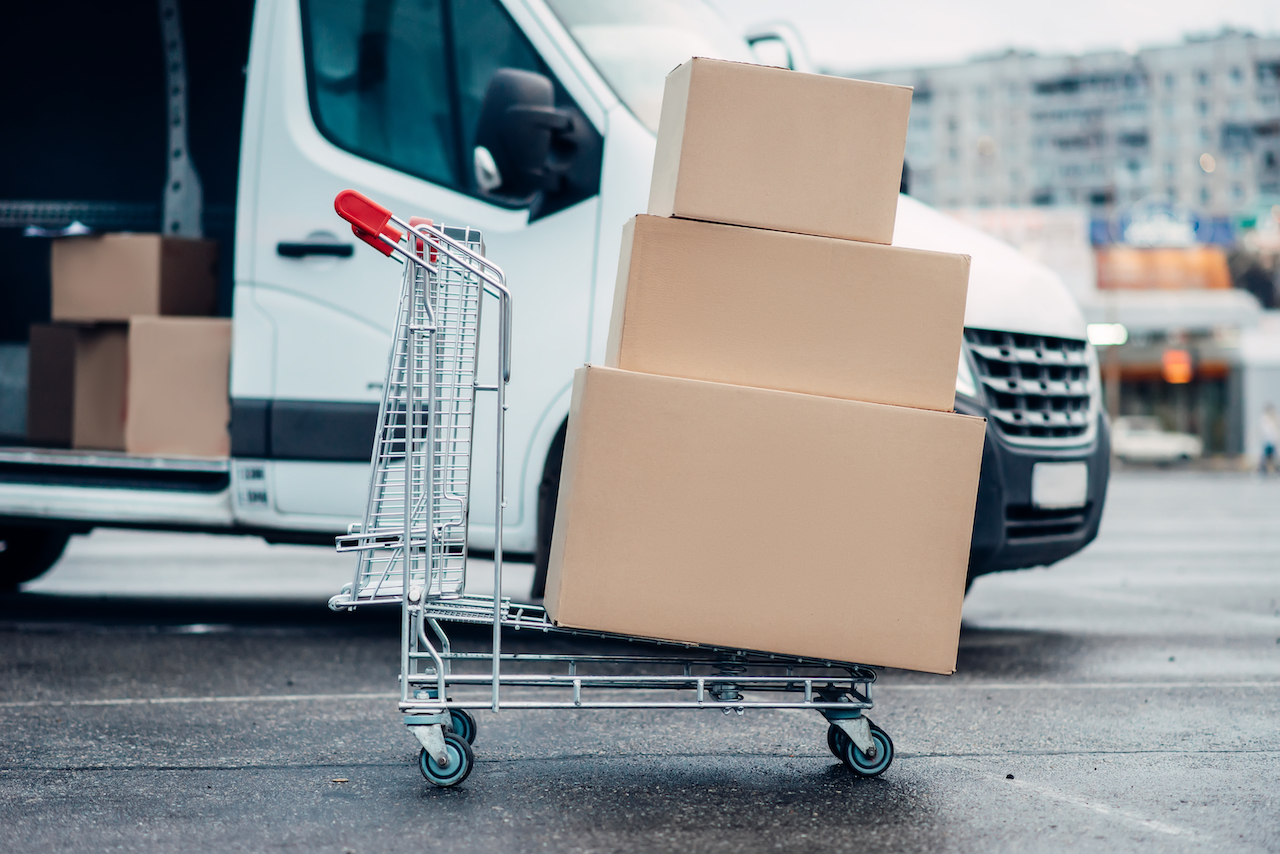In most businesses, there is always a chance that a product might be returned or a service refunded. For e-commerce, that figure scales to an average of 30% of total sales. If you want to minimise that damage going further, reverse logistics is just what you need.
Throughout this piece, you’ll understand all about the application of reverse logistics and how automation can help remove the obstacles to it.
What Is Reverse Logistics?

Reverse logistics concerns evaluating the data about a product or service once the end-user has already possessed it. It involves analysing the supply chain backwards from the point of delivery and evaluating the customer experience after they use the product or service.
You can do that actively by keeping in communication with the customer or passively by tracing the data points once the product is delivered or returned.
Most Common Challenges of Reverse Logistics
While it may seem simple, several challenges prevent practical reverse logistics applications. A few prominent ones are described below.
1. Insufficient Reverse Logistics Visibility
Most businesses observe a returned product as a failure instead of an opportunity. There needs to be a shift in that perspective so that the employees and consultants remain transparent with their statistics.
2. Missing Out on Income-Generating Opportunities
When you analyse the supply chain in only the conventional order, you miss out on several income-generating opportunities. That may include reverse logistics sustainability initiatives that reduce fossil fuel dependency. You can create alternative energy sources or package recycling facilities to make the supply chain more efficient.
3. Utilisation and Recovery of Assets
Products and refunds getting stuck in transit often delays payments and, in turn, profits. You can’t figure out the exact problems without precise data collection methods.
4. Engaging and Informing Customers
Since the success or failure of your business rests with your customers, you must maintain a clear and consistent communication channel. It’s hard to apply reverse logistics without any input from the end user.
5. Broken Reverse Logistics Chain
There are simply not enough mechanisms that help enough businesses track their inventory once a conversion is complete. Although some use feedback surveys, they don’t necessarily have verifiable or accurate data.
How Can Automation Help With Reverse Logistics?
As return logistics involve plenty of large-scale data crunch, it’s too much to perform for each order manually. Thankfully, automation can help make things easier. You can consider the following factors for the same.

Minimising Uncertainty
Labels and QR code tracking are essential to reverse logistics as it grants you evidence-based information to remove any uncertainty. As a matter of fact, the new data allows for improvement and assists with maintenance refurbishments, especially when you strive for upgrades.
Sharing Information To Keep Everyone in the Loop
With an integrated data automation system, you need only share the relevant credentials to keep all concerned personnel in the loop. The administrators can monitor each login and alert you if any anomalies exist.
Reducing Errors
Appropriate automation types and checkpoint logs reduce the chances of errors and uncertainty that come with manual data operations. For instance, you can use it to apply the most suitable putaway methods in your warehouse.
Customer Retention
You can’t always rely on surveys to obtain the best information from your customers. Thanks to automation, you can avail yourself of less intrusive protocols without expecting the end user to take time off their busy schedules.
Reduced Losses and Unplanned Profits
Finally, automation in logistics minimises the losses from unexpected returns by ensuring quality and transparency. If you attempt to apply sustainable initiatives in reverse logistics, you can go well past your initial profit projections while simultaneously delivering a few green pointers to your marketing team.
Conclusion
Reverse logistics is still far from ideal deployment, particularly in small and medium-sized businesses. If you’re one of those and want to build a desirable profit margin, connect with Qbasis for the relevant quotes today.



